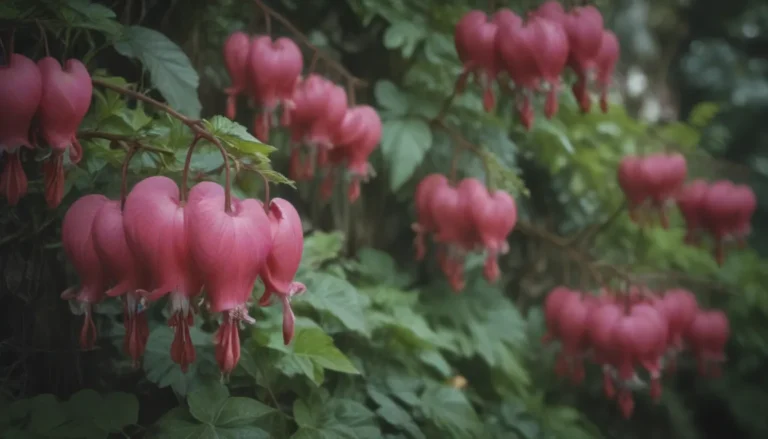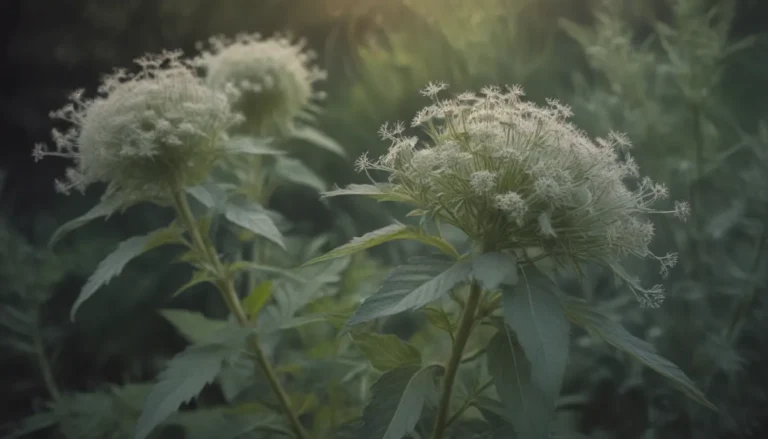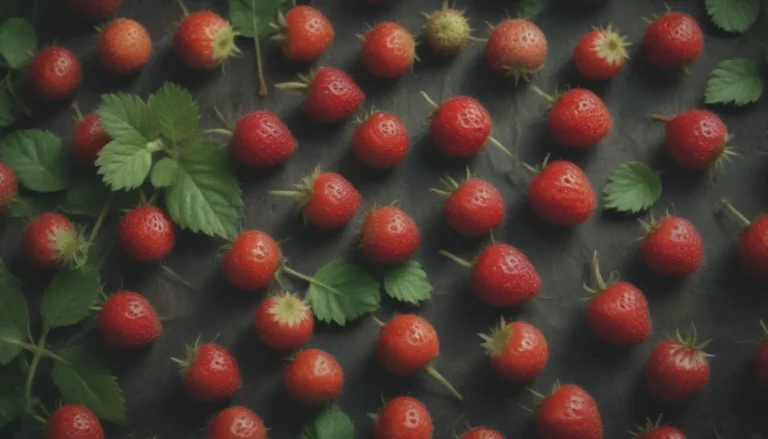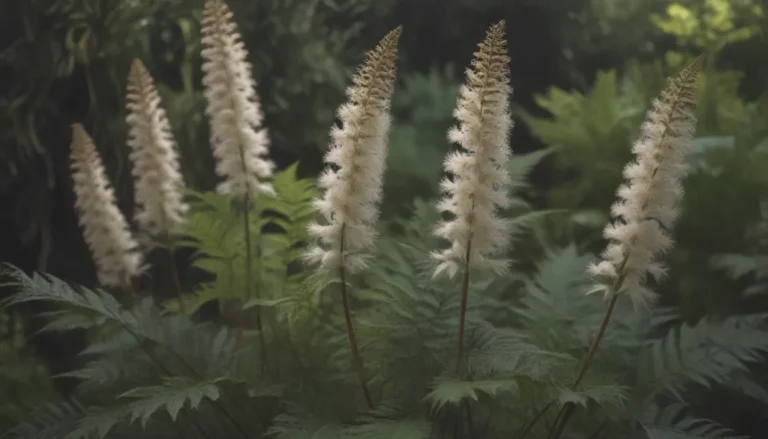Understanding and Controlling Tomato Blossom Drop: A Comprehensive Guide for Home Gardeners
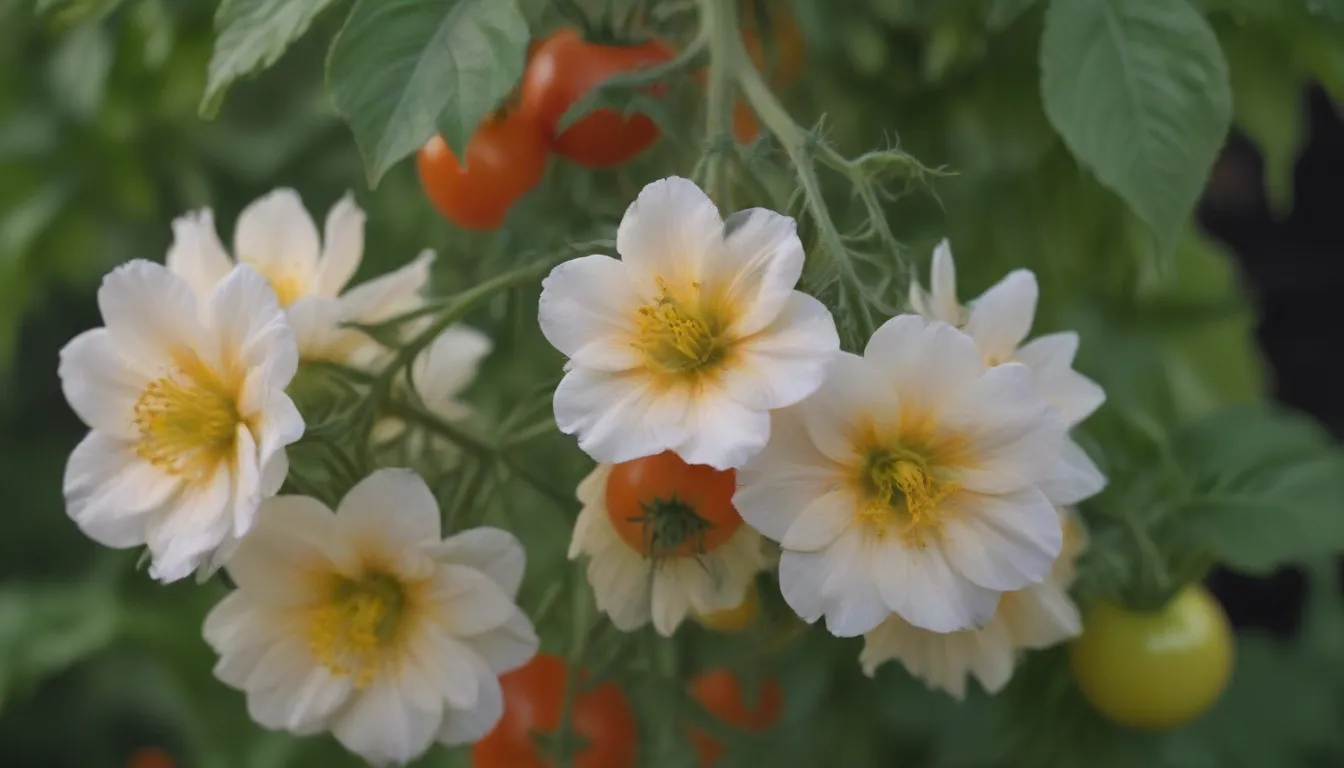
Are you a home gardener who has experienced the frustration of tomato plants setting flower blossoms only to have them dry up and fall off before a fruit is formed? You may be dealing with a common issue known as tomato blossom drop. This phenomenon can be disheartening, but fear not! In this comprehensive guide, we will delve into the causes of tomato blossom drop, ways to control it, and tips to help you overcome this challenge in your garden.
What is Tomato Blossom Drop?
Tomato blossom drop is a common problem that many home gardeners encounter. It occurs when healthy-looking tomato plants produce flower blossoms that ultimately dry up and fall off the plant, leading to a lack of fruit formation. While this issue can be frustrating, it is essential to understand that blossom drop has a variety of causes, with temperature being the most common culprit.
Causes of Tomato Blossom Drop
Many factors can contribute to tomato blossom drop, making it a complex issue to address. Here are some of the primary causes of this problem:
- Temperature fluctuations: High or low temperatures can significantly impact pollination and watering needs, leading to blossom drop. Tomato plants can become stressed if daytime temperatures exceed 85 degrees Fahrenheit, nighttime temperatures go above 70 degrees, or low nighttime temperatures dip below 55 degrees. Ideal daytime temperatures for tomatoes range between 70 and 85 degrees Fahrenheit, with extreme temperatures causing the plant to abort fruit set and focus on survival.
Controlling Tomato Blossom Drop
While there is no foolproof method to guarantee fruit set, there are steps you can take to mitigate the risk of tomato blossom drop. Here are some strategies to consider:
- Grow varieties suited to your climate: Choose tomato varieties that are well-adapted to the climate in your region to increase the chances of successful fruit set.
- Ensure pollination: Promote pollination by attracting bees and other pollinators to your garden. Consider planting companion flowers to attract beneficial insects.
- Go easy on the fertilizer: Avoid over-fertilizing your tomato plants, as an excess of nitrogen can negatively impact fruit set.
- Work around the humidity: Monitor humidity levels in your garden and provide adequate ventilation to prevent excessive moisture buildup, which can contribute to blossom drop.
- Water deeply, once a week, during dry weather: Provide consistent and deep watering to ensure proper moisture levels for your tomato plants.
- Keep your tomato plants healthy: Maintain optimal plant health by monitoring for pests and diseases, providing adequate sunlight, and ensuring proper soil nutrition.
- Sometimes the problem is just too much of a good thing: In some cases, excessive care and attention to detail can lead to stress in tomato plants, contributing to blossom drop. Practice moderation in your gardening practices.
Understanding Tomato Blossom Drop
Blossom drop is often a temporary issue that can be resolved as environmental conditions normalize. As temperatures and humidity levels return to the ideal range, tomato plants can resume normal flower and fruit production. Addressing any underlying pest or disease issues promptly can also help prevent blossom drop in the future. By selecting suitable tomato varieties for your climate and implementing proper care practices, you can overcome the challenge of tomato blossom drop in your home garden.
In conclusion, tomato blossom drop is a common challenge for home gardeners, but it is not insurmountable. By understanding the causes of this issue and implementing proactive measures, you can set yourself up for success in growing healthy and productive tomato plants. Remember to be patient, observant, and adaptable in your gardening practices, and you will reap the rewards of a bountiful tomato harvest.
Additional Resources:
- Why Are My Tomato Flowers Drying Up Without Forming Fruit?. Penn State Extension, Master Gardener Program.
- Common Tomato Disorders Under Desert Conditions. University of Nevada College of Agriculture, Biotechnology, and Natural Resources.
- Islam, Md Nazrul et al. High Level of Nitrogen Makes Tomato Plants Releasing Less Volatiles and Attracting MoreBemisia tabaci. Frontiers in plant science vol. 8, no. 466. 31 Mar. 2017. doi:10.3389/fpls.2017.00466.
Remember to keep these tips in mind as you tend to your tomato plants and troubleshoot any issues that arise along the way. Happy gardening!
